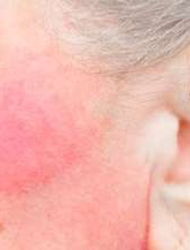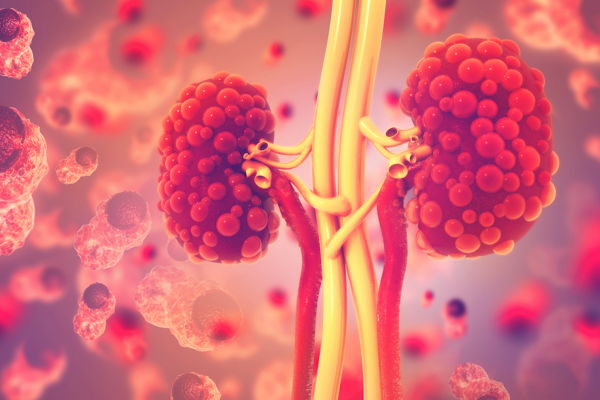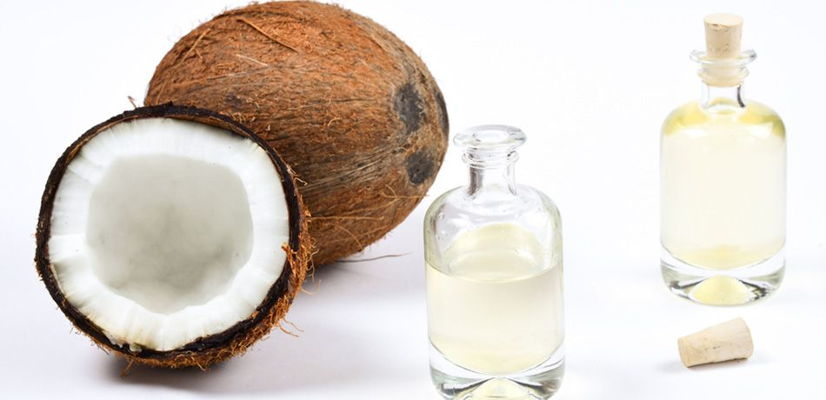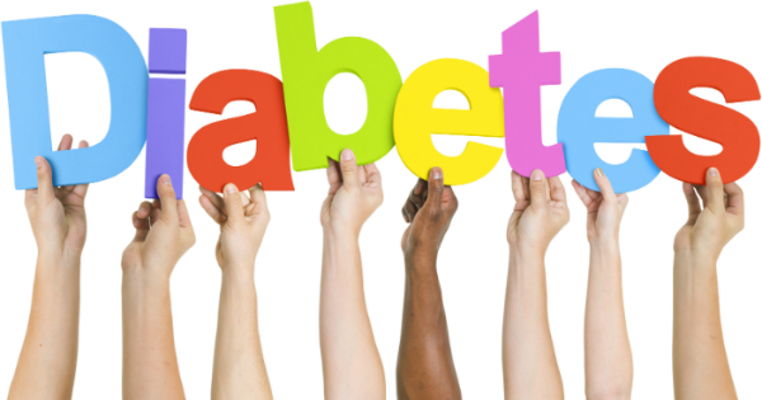12 Enchanting Facts About Acupuncture
Thursday July 5, 2018 by Marianne Gutierrez 1,001 words
1. It Has a Long History
Acupuncture dates back thousands of years, and some evidence has been found that pointed stones were used on the body around 1600 B.C. This is a testimony to its integrity as a medicine, and it has evolved to include other aspects to help release toxins and encourage the flow of energy.
Pixeljoy / shutterstock.com
2. There Are Different Styles
While it originated in China, it has spread across the globe to encompass different techniques. Traditional Chinese Acupuncture remains the most common form that is practiced and taught in the US. Another type of acupuncture, Auricular Acupuncture, involves the ear, with areas of the ear and lobe corresponding to the rest of the body.
Auricular acupuncture became a common treatment for pain control and addictions, and Japanese Acupuncture uses fewer and finer needles and less stimulation. In Korea, they use the points in the hand that stimulate areas of the body, while Medical Acupuncture is when a western doctor treats his patients with acupuncture.
Dragon Images / shutterstock.com
3. It Can Be Used on Animals
Acupuncture can also be used on animals, but it is considered to be a surgical procedure which can only be practiced by a fully licensed veterinary surgeon. However, because the veterinarian has training in using needles, a veterinary surgeon may also practice animal acupuncture without the training.
Kim Christensen / shutterstock.com
4. The Purpose of Meridians
Traditional Chinese Medicine from thousands of years ago understood the body far more than we do now. They mapped the body by seeing meridians (pathways) where energy flows.
The meridians are based on what we now know is the fascia — a continuous length of tissue that lies between the skin and the muscles connecting them. Fascia covers all the muscles from the tips of the toes to the top of the head and in and around all organs, and is tensile. When the fascia is tight, the energy is reduced and the muscles, internal structures and other organs cannot function well. Acupuncture finds the trigger points in the fascia that encourages the fascia to maintain its integrity by triggering nerves to release or strengthen.
VectorMine / shutterstock.com
5. Needles Weren't Always Used
Acupuncture tools used to be crafted out of stone, bamboo, and bone. The use of something sharp was first introduced during the Stone Age. Today, acupuncture needles are made of stainless steel that are extremely fine in diameter, sterile and disposable.
Yulan / shutterstock.com
6. It's Tailored to Your Needs
Because you may suffer from back pain, you won’t necessarily receive the same treatment as someone else with the same ailment. This is because acupuncture is individualized and a practitioner will stimulate different points of your body during your treatment that are specifically tailored for you.
Studio 72 / shutterstock.com
7. It's Pain-Free
Acupuncture is pain-free, and though needles are used, you won’t draw blood if it’s practiced by a fully trained practitioner. Acupuncture is an art that takes years to master. Skilled acupuncturists are able to insert the needles with the patient barely sensing the insertion.
If you have received an Acupuncture treatment and it has excessively caused pain and/or have drawn blood, it’s time to find another practitioner.
Cora Reed / shutterstock.com
8. It Heals and Cures
Acupuncture can heal pain and can cure what’s causing the pain, as well.
The most common ailments presented to an acupuncturist tend to be pain related conditions. For example; arthritis, back, neck, knee and shoulder pain, carpal tunnel syndrome and sciatica. Traditional Chinese Medicine is a complete medical system that is capable of diagnosing and successfully treating a wide range of conditions.
Peter Hermes Furian / shutterstock.com
9. There Could Be Risks
Acupuncture from a highly trained, skilled and experienced individual is considered safe. The risks come into play when the method is done by an unskilled practitioner. The needle is only meant to puncture the skin to a depth of 3mm - 5 mm, and not travel through the layers to an organ, which has dangerous implications. If it goes any further than that, there’s a risk of infection or even death.
Several fatalities after acupuncture have been reported…Acupuncture has been associated with numerous deaths. These fatalities are avoidable and a reminder of the need to insist on adequate training for all acupuncturists.
Kei Shooting / shutterstock.com
10. Your Insurance Might Cover It
Don’t worry about paying out of pocket for treatment. In the early 2000s, it was reported that 50% of Americans who had health insurance through their employer had plans that also covered acupuncture treatment.
Cultura Motion / shutterstock.com
11. You'll Feel Amazing Afterward
Most people feel a sense of peace after their treatment, which can last for days depending on the reasons the patient needed acupuncture.
The insertion of hair thin needles in acupoints releases a flood of warm, fuzzy neurotransmitters and neurohormones including dopamine, serotonin and GABA, popularly referred to as the body’s natural tranquilizer. Most patients relax deeply or even fall asleep during an acupuncture session.
While most feel a sense of wellbeing from calm to energized, they may also notice better sleeping habits.
Antonio Guillem / shutterstock.com
12. Healing Happens Over Time
You may need at least 10 treatments to reap the benefits. But after each treatment, you should be feeling slightly more positive and more energetic. Because of the subtlety of the process, by the 10th treatment, you may even forget what was initially troubling you! Arthritic knees will be less troublesome, achy backs will be a thing of the past. And anxiety? What anxiety? Stress? What is that?
Acupuncture can have an amazing ability to naturally relieve arthritic conditions: pain and inflammation of the joints.
Jacob_09 / shutterstock.com

16 Warning Signs of Lupus to Watch Out For
1. Unexplained Fever Lupus can affect everyone differently and some may have …


21 Features of Kidney Disease
1. Dizziness Kidney Disease is when the kidneys are not filtering blood …


Top 10 Foods to Nourish Your Thyroid
Did you know that the food you eat can affect your thyroid health? Some foods …


12 Facts About Your Borderline Personality …
1. It's Finally Classified As a Mental Illness Borderline Personality Disorder, …


12 Common Factors That Trigger Rosacea …
1. Makeup Some products used on the face and body or in the mouth ie: make-up, …


22 Common Symptoms of Type II Diabetes
1. Mood Changes Mood change is sometimes one of the first symptoms to suggest …
